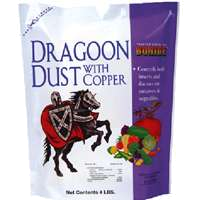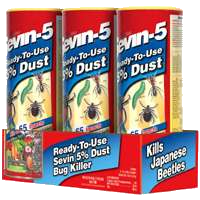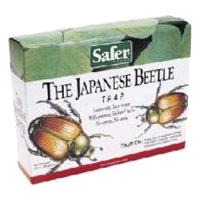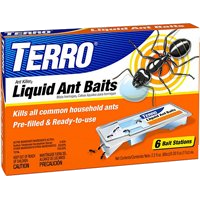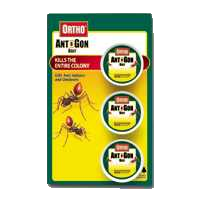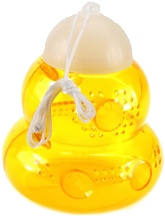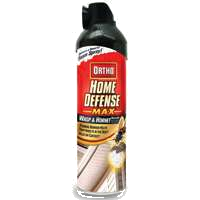| Colorado Potato Beetle ("Potato Bug") |
- First discovered in 1824 in the upper Missouri River Valley
- Originally fed on the buffalo bur or sand bur weeds, however once settlers began to grow potatoes, this beetle immediately began to feed on potatoe plants
- Besides potatoe plants, this beetle also commonly feeds on eggplant, tomato, and pepper plants
- They are especially destructive to small plantings where they can easily eat all of the foilage and spoil the fruit
- Normally emerge in late May
|
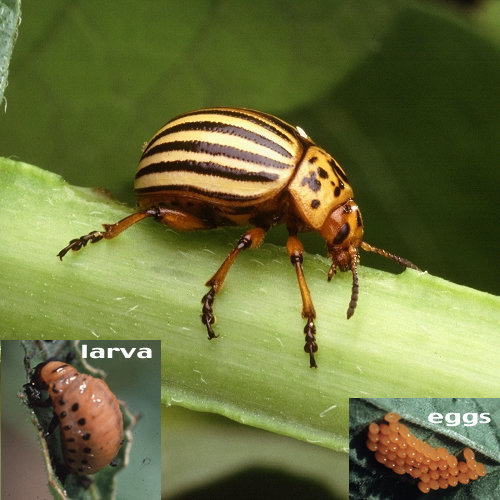 |
| Recommended products for removal: |
|
|
|
| Japanese Beetle |
- First found in the United States in 1916 after being accidently introduced in New Jersey
- Can feed on over 300 different plant species
- The beetles spend ten months developing as white grubs before emerging as adult beetles in the late spring to early summer
- The beetles are attracted to plants by smells as well as the presence of other beetles
- In small numbers, a soap water mixture along with disposal of any bugs found on your plants can work
- In larger numbers, pesticides work best though some limited effectiveness has been seen from placing catnip, chives, garlic, or the remains of dead beetles around the plants
|
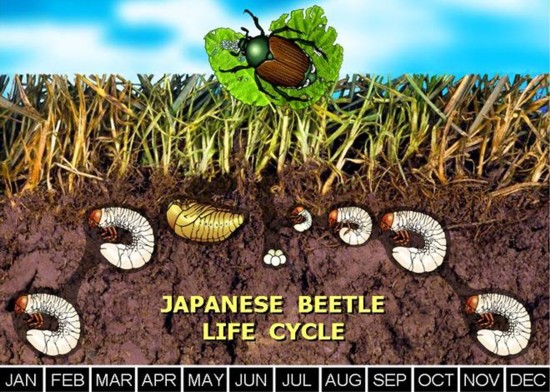 |
| Recommended products for removal: |
|
|
|
| Carpenter Ants |
- One of the most common pests found in New York
- They thrive in moist or rotting wood so any dead trees or wood piles around your yard are perfect living places for them
- In your home, these ants live in any woodwork including columns, steps, decks, porches, doors, and window frames
- In extreme cases damage can be found in your floors, walls, roofing, siding and trim
- Unlike termites, carpenter ants do not eat wood but instead hollow wood out to use for nesting areas
- The damage created by carpenter ants to wood is very smooth looking and they normally leave behind small piles of frass which are wood shavings a bit larger than saw dust
|
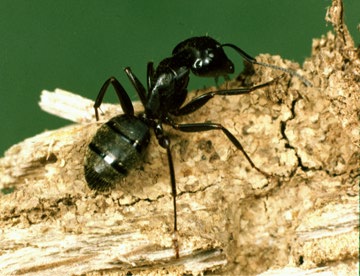 |
| Recommended products for removal: |
|
|
|
| Wasps, Hornets, and Yellowjackets |
- The majority of bees and wasps in the world pose no threats to humans, however paper wasps, yellowjackets, and hornets will all defend their homes vigorously
Behavioral Differences Between Wasps,
Yellowjackets, and Hornets
| Wasp |
Paper wasp |
Yellowjacket |
Hornet |
| Type of Nest |
Open, umbrella-shaped paper comb |
Enclosed paper comb |
Enclosed paper comb |
| Nest Location |
Suspended from eaves and other protected locations |
Usually subterranean, sometimes suspended |
Often on trees or shrubs, sometimes eaves |
| Size of Colony |
Usually less than 100 |
More than 100 |
More than 100 |
| Feeding Habits |
Preys on live insects |
Scavenges dead insects, sugars |
Preys on live insects |
Wasp Nest
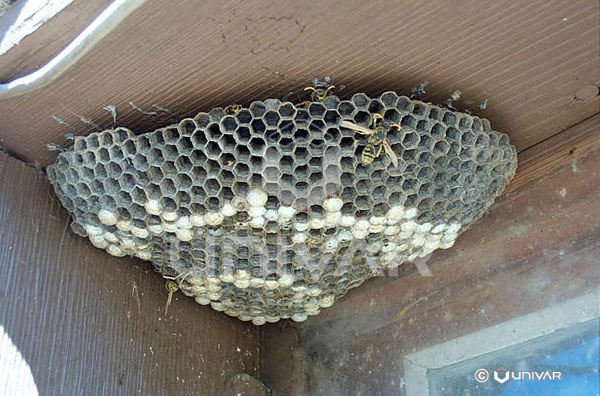 |
Hornet Nest
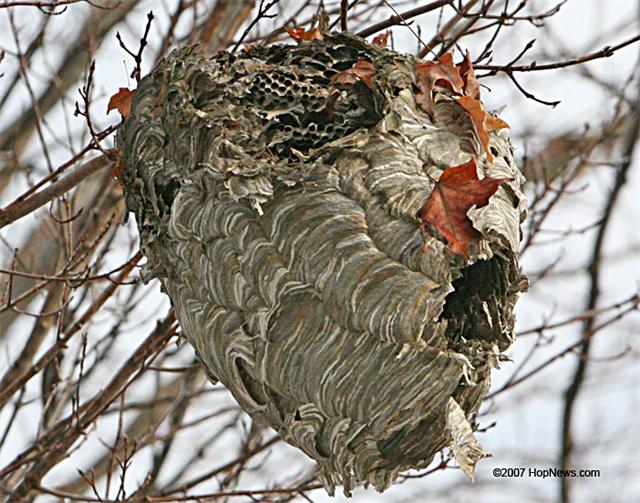 |
|

Paper Wasp (Above) Yellowjacket (Below)
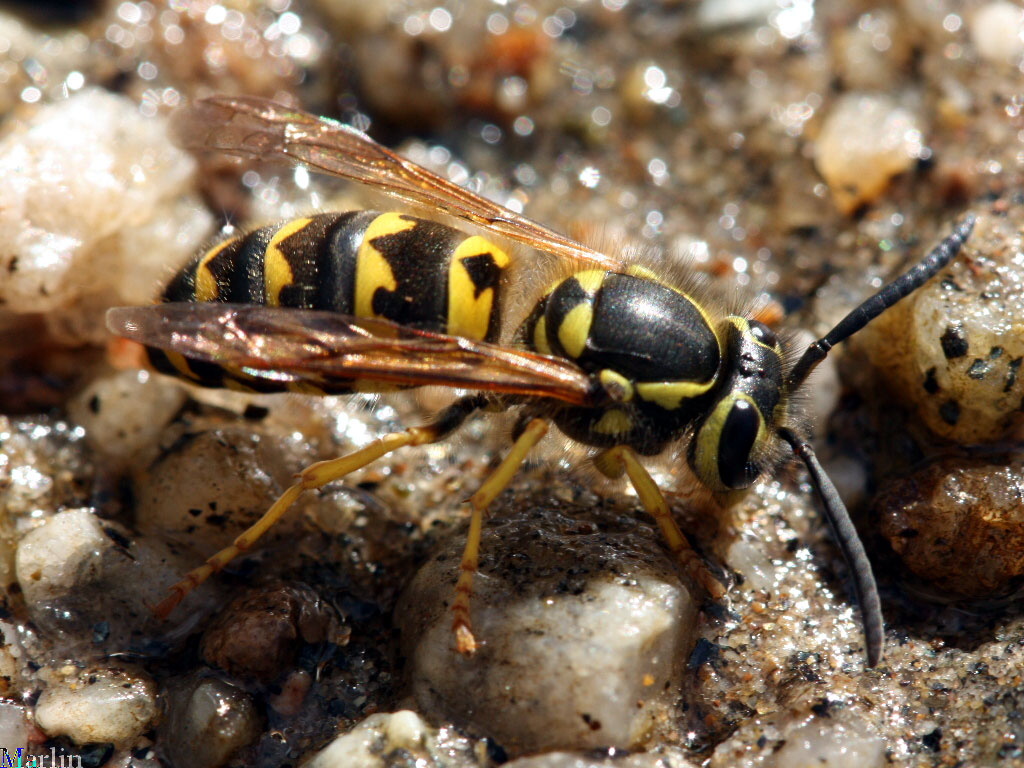
Hornet (Below)

|
| Recommended products for removal: |
|
|
|
____________________________________________________________________________________________________________

